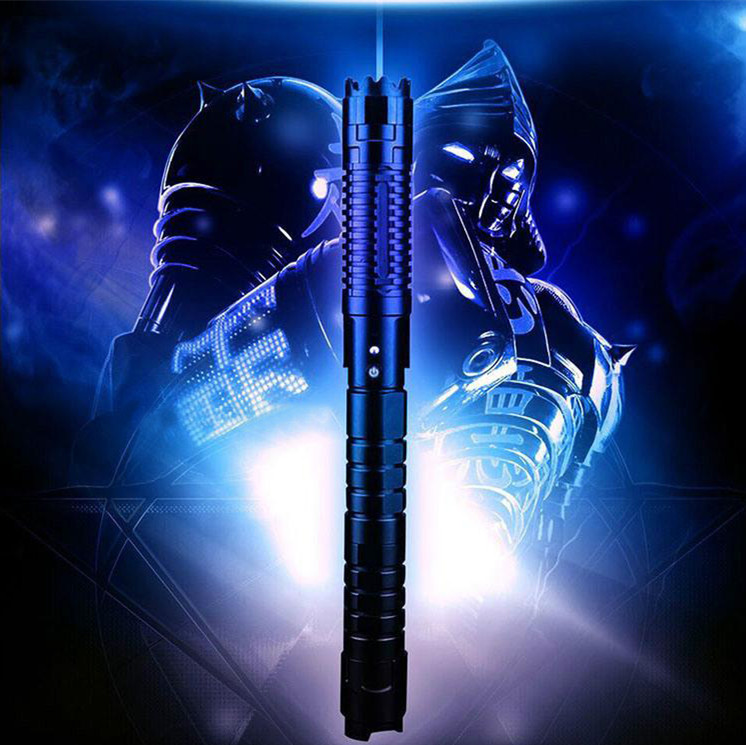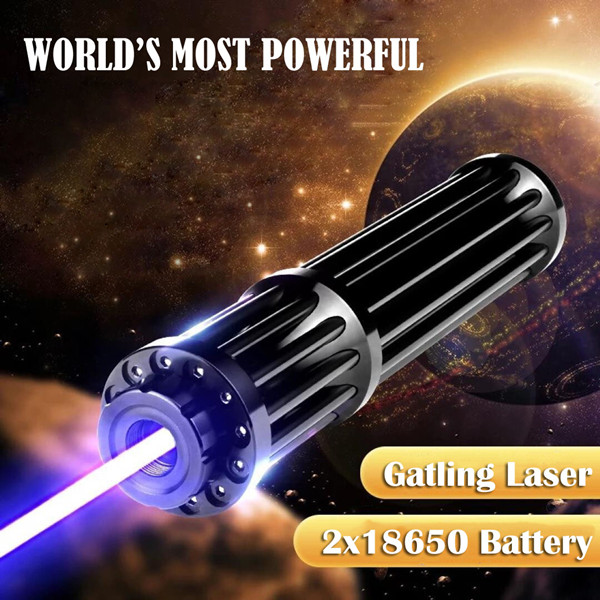First of all, the technical content of the green laser pointer assembly is not very high. It is mainly composed of several main components: battery compartment, printed circuit board, 808nm infrared laser diode (pump source), laser crystal (Nd: YVO4 crystal, KTP crystal) , expand the collimating lens group. Due to size limitations, 510nm / 515nm / 520nm / 525nm / 532nm green laser pointer are unlikely to reach more than 2W, but some scammers on the market have hit 50000mW, which is a big joke!
Buyer Tips for Astro Laser Pointers
If you have strict requirements for high power, please figure out what your purpose is: astronomy, SOS, combustion or laser experiments? Don't choose blindly, practicality, durability and price are the most important. For astronomy enthusiasts, it should be decided how much the performance and price of a star plume is related to the requirements of starstrike it? Personally think that the power of 20mw to 50mw is more suitable, and the power of 50mw can feel particularly obvious in dim indoor conditions. The main award laser pointer is related to its bandwidth and stability. The narrower the bandwidth, the more expensive the price is, but the human eye cannot distinguish it. At this time, the bandwidth, therefore, friends who are financially strapped choose the power below 50mW, and the price of the laser pointer is less than 100 yuan. . In addition, the laser pointer generally consumes a lot of power, which is in line with the principle of environmental protection and saving.

Astronomical laser pointers are also used to mount on telescopes, and the bright high power laser pointer beam can be aimed at the telescope quickly, accurately and easily. Another ideal use for lasers and telescopes is to align the lenses and mirrors in the telescope to provide perfect image quality. Safety Guidelines for Astronomical Lasers - While lasers are a great tool for astronomers, the beams can be very dangerous if used incorrectly. Never use a laser on an airplane, not even while the airplane is in the air. Turn off the laser to point at celestial objects when not in use. Do not let children play with lasers. What you need is a remote green laser pointer. In general, green lasers are most suitable for astronomy, and the optimal power range is 10mW - 50mW.

